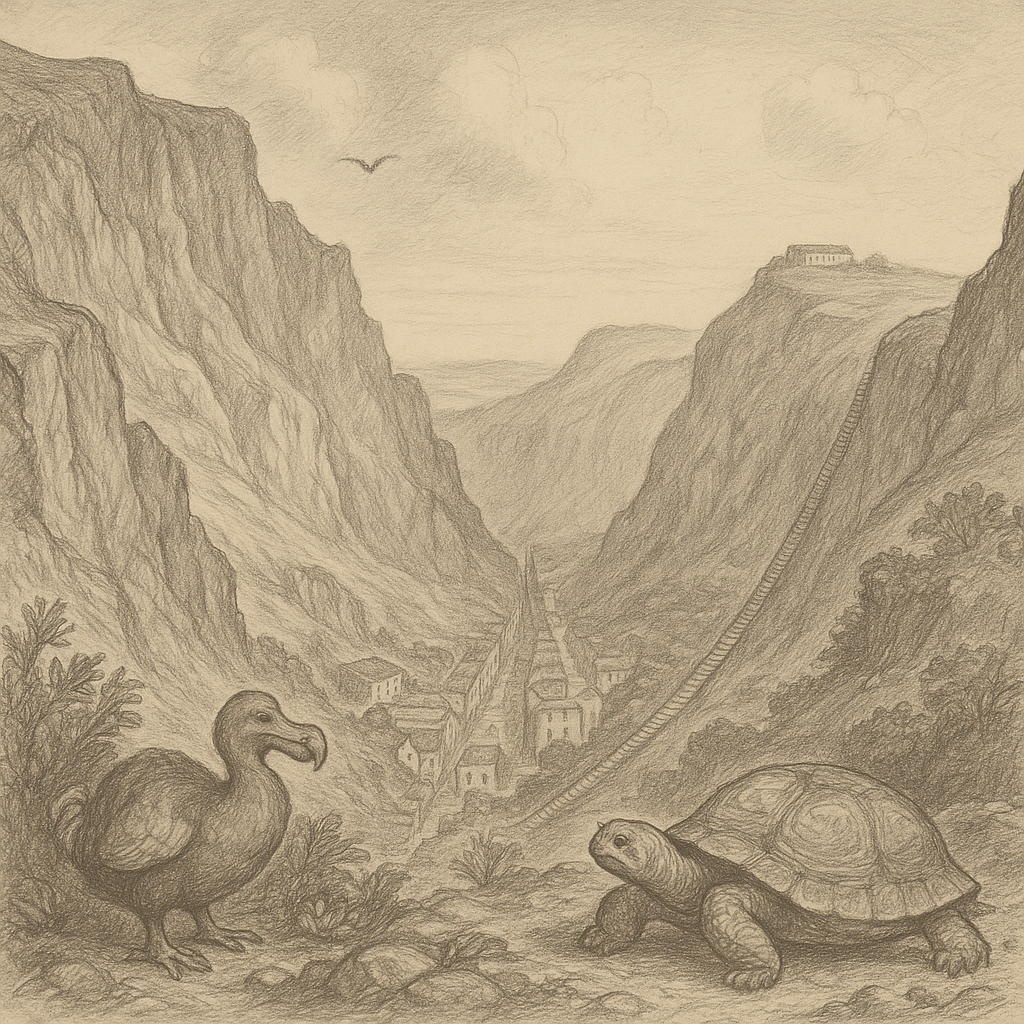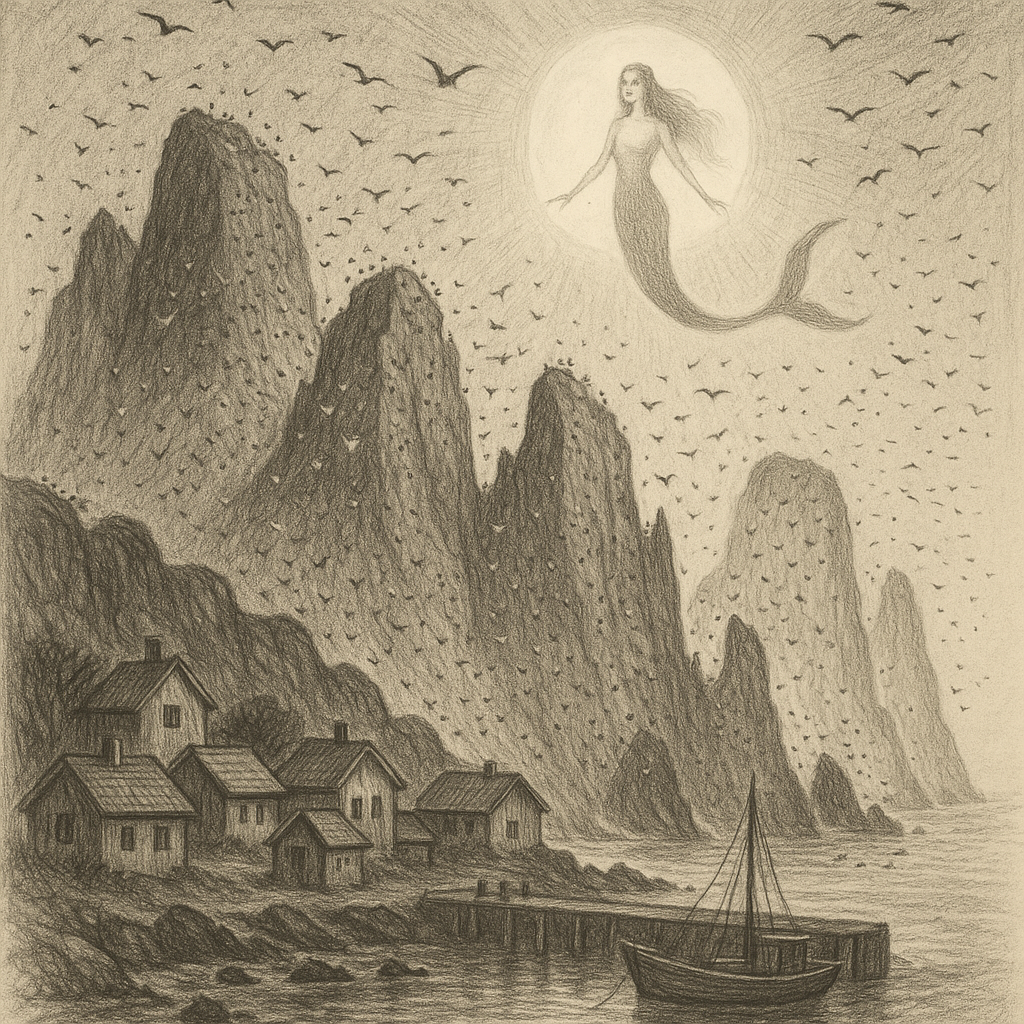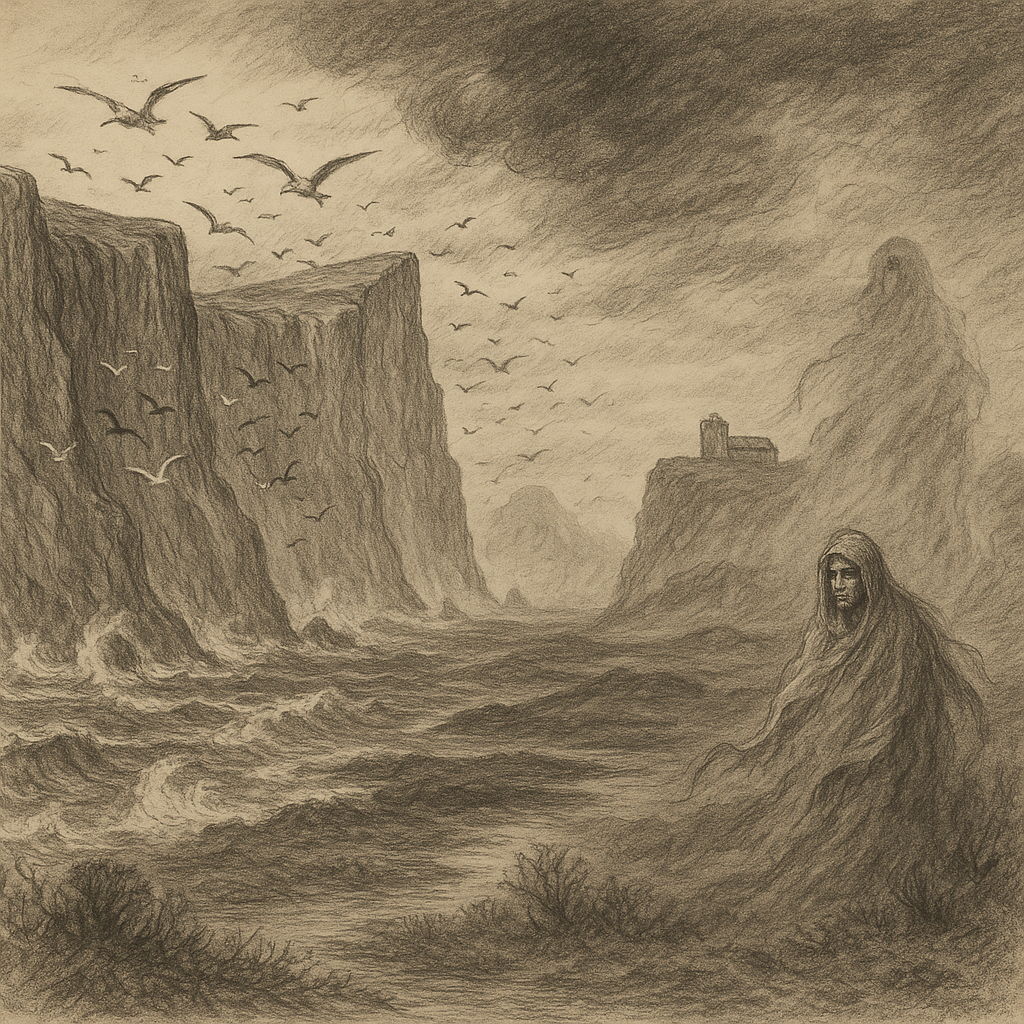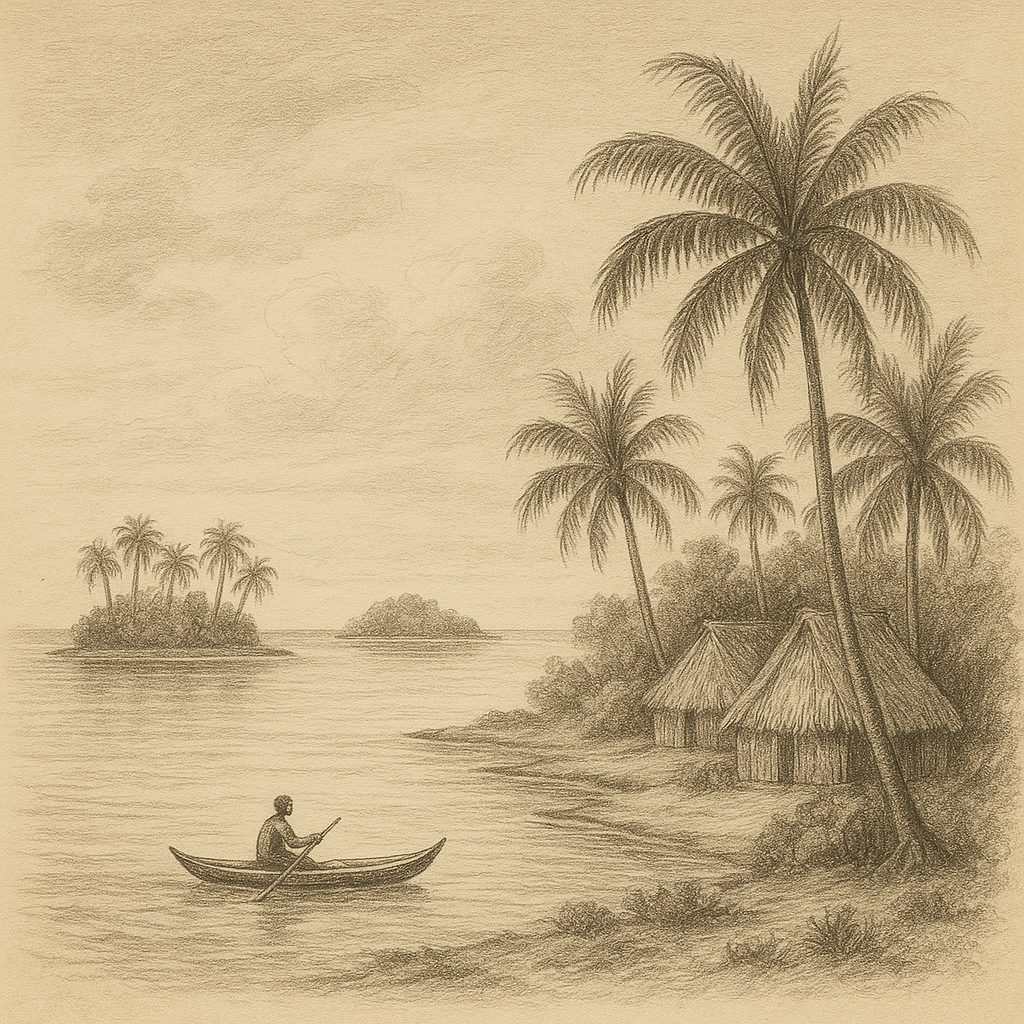Introduction to St. Helena Island
St. Helena Island is one of the most remote inhabited islands in the world, nestled in the vast South Atlantic Ocean. Located over 2,000 kilometers from the nearest major landmass, the island is a British Overseas Territory and part of the wider territory of Saint Helena, Ascension, and Tristan da Cunha. St. Helena has long captured imaginations due to its isolation, unique ecology, and deep historical significance.
Location and Geography
St. Helena is situated roughly midway between the coasts of southwestern Africa and Brazil, measuring just 16 kilometers long and 8 kilometers wide. Its total land area is about 122 square kilometers. The island is volcanic in origin and was formed millions of years ago through volcanic activity rising from the ocean floor. Rugged cliffs and steep valleys dominate the terrain, with the highest point being Diana’s Peak at 818 meters, located in the central area of the island and part of a national park.
Climate and Biodiversity
St. Helena’s subtropical climate is moderated by the southeast trade winds and the surrounding ocean, resulting in pleasant temperatures year-round. Temperatures typically range from 17°C in the cooler months to around 27°C during the warmer season. Rainfall varies dramatically across the island, being more abundant in the higher central areas than near the coastline.
Due to its isolation, St. Helena has developed a wealth of unique flora and fauna. Many species are found nowhere else on Earth, including the famous St. Helena ebony and the wirebird, a small plover that serves as the national bird. Conservation efforts have been steadily increasing, aimed at preserving this unique biodiversity, which has greatly suffered from the introduction of invasive species like goats, rats, and non-native plants.
Human Settlement and History
Discovered by the Portuguese in 1502, St. Helena became an essential stopover for ships sailing between Europe and Asia. The island was later occupied by the British East India Company in the mid-17th century and has remained under British control since. A small and resilient population has lived on the island for centuries, historically sustained by seafaring activity and agriculture.
The population, historically peaking at around 5,000 residents, now hovers around 4,000. They are known as “Saints” and speak English with a distinctive accent. Jamestown, the capital and main settlement, is a picturesque harbor town nestled between steep volcanic ridges and characterized by its Georgian architecture and narrow streets.
Napoleon’s Exile
St. Helena is perhaps best known for serving as the place of exile for French Emperor Napoleon Bonaparte after his defeat at the Battle of Waterloo. Arriving in 1815, Napoleon spent his final years on the island under British custody before dying in 1821. He lived in Longwood House, a windswept estate in the island’s interior, which has since been preserved as a museum. His tomb lies in a peaceful valley known as the Valley of the Tomb, although his remains were returned to France in 1840.
Modern Infrastructure and Accessibility
Until recently, access to St. Helena was extremely limited, requiring a five-day sea voyage from Cape Town aboard the Royal Mail Ship (RMS) St. Helena. However, in 2017, the opening of the island’s first airport revolutionized travel to this remote location. Commercial flights now connect the island with Johannesburg and other destinations, drastically improving accessibility for residents, researchers, and adventurous tourists alike.
The island has begun developing infrastructure to support sustainable tourism, including hotels, hiking trails, and dive tours. Despite these advancements, the island maintains a low-key charm, far removed from mass tourism.
Interesting Facts about St. Helena
St. Helena is full of captivating oddities and facts:
– The Jacob’s Ladder, a steep staircase of 699 steps built in the 19th century, connects Jamestown to the higher parts of the island and offers a stunning—albeit exhausting—view.
– The island had its own currency, the Saint Helena pound, issued separately from Britain’s pound sterling, although at parity.
– Due to its location, St. Helena was once a vital link in global communication, housing one of the early undersea telegraph cables connecting Europe and South Africa.
– The endemic biodiversity of the island has led scientists to call it the “Galápagos of the South Atlantic.”
– A giant tortoise named Jonathan, thought to be the world’s oldest living land animal, has lived at the Governor’s residence since the late 1800s and is now over 190 years old.
Legends and Folklore
Like many remote places, St. Helena is steeped in legends and ghost stories. One widespread story tells of the spectral figure of Napoleon himself, still wandering the halls of Longwood House on stormy nights. Locals also speak of the “Whispering Valley,” a remote part of the island said to echo distant voices when no one is around, a phenomenon attributed to the island’s unique acoustics and steep terrain.
Another popular legend involves the “Ghost of Alarm Forest,” near the old military outpost. It’s been said that soldiers posted there experienced eerie sounds, flickering lantern lights, and sudden chills—a tale that has remained a part of island folklore for generations.
Conservation and Future Outlook
Thanks to increased connectivity and growing environmental awareness, the future of St. Helena holds cautious optimism. Government and NGO-led initiatives continue to focus on ecosystem restoration, especially in combating invasive species and reforesting native plants.
Eco-tourism is viewed as a sustainable economic path forward, allowing visitors to experience the island’s singular environment and history without overwhelming its fragile resources. School programs, local cooperatives, and international collaborations are fostering a strong conservation ethic among the younger generation of Saints.
Though small in size, St. Helena offers a deep and rich mosaic of natural wonders, historical drama, and cultural resilience. It remains one of the most extraordinary, if overlooked, destinations in the world.



